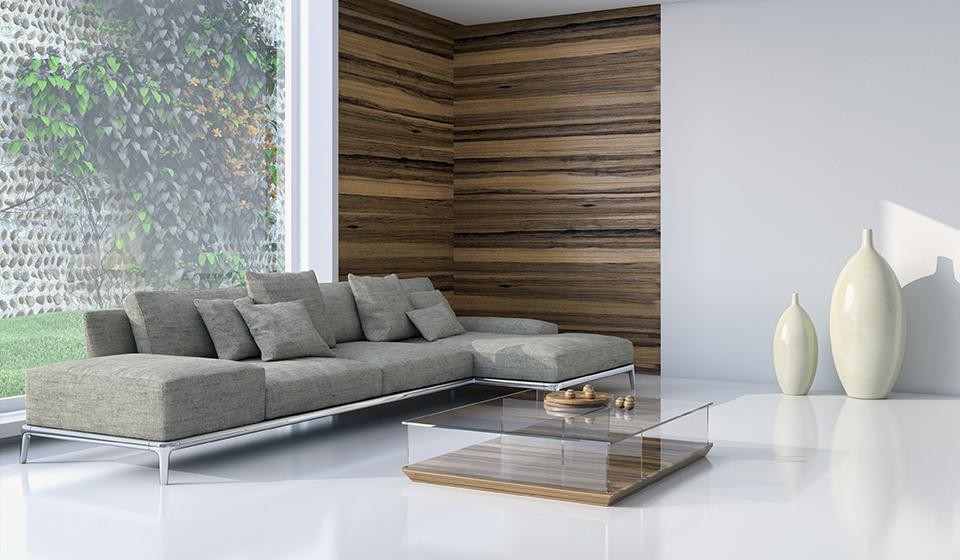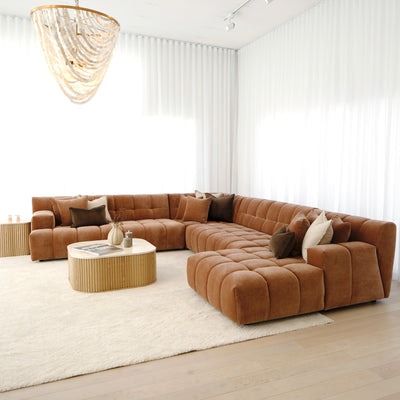
6 Simple Steps to Achieve the Best Home Furniture Layout
Designing the perfect furniture layout can completely transform the look and feel of your home. Whether you’re decorating a new space or refreshing your current setup, a well-thought-out arrangement ensures comfort, functionality, and aesthetic appeal. From the living room to the bedroom, every piece of furniture should work in harmony to create a balanced and inviting environment.
If you’re planning a living area makeover, focusing on a statement piece such as a corner lounge for your Perth home can be the ideal starting point. Here’s a
6 Ways to Design a Furniture Layout that’s both Beautiful and Practical
Step 1: Define a Clear Focal Point
Every room needs a focal point, something that naturally draws attention and anchors the design. It could be a large window, a TV unit, a fireplace, or even a corner lounge that adds modern comfort to your living area.
In the bedroom, your bed in Perth will naturally serve as the focal point. Arrange your nightstands, lamps, and other accessories around it to maintain a sense of balance. Once the focal point is established, position your main furniture pieces to create harmony and visual flow.
Step 2: Respect the Flow of Movement
A good layout allows people to move easily without feeling trapped between furniture.
How to plan for flow:
- Map the natural pathways: Imagine how someone would walk through your space — from the doorway to the seating area, for example.
- Leave enough gaps: Keep at least two feet of space between larger pieces for easy movement.
- Avoid blocking doorways: position items so doors can open fully without bumping into furniture.
Step 3: Use Corners and Edge Spaces Wisely
Corners often get overlooked, but they can make a big difference in balancing a room.
Smart corner ideas:
- Place a corner lounge: it’s the easiest way to maximise seating while keeping the centre of the room open.
- Add functional decor: Use a tall floor lamp, houseplant, or small side table to soften the edges.
- Create a cosy reading nook: A comfortable armchair and a light source can turn an unused corner into your new favourite spot.
Step 4: Balance Size and Scale
Size and proportion are the foundation of a well-organised room. Furniture that’s too large will overpower a space, while pieces that are too small might look lost.
Tips for achieving balance:
- Match furniture to room size: Use medium-sized furniture in small rooms and larger items in spacious ones.
- Keep visual weight even: if you have a big sofa on one side, balance it with a pair of chairs or a tall cabinet on the other.
- Mind the ceiling height: Taller ceilings can handle higher furniture pieces, but compact spaces look better with lower profiles.
Step 5: Group Furniture into Comfortable Zones
Most homes serve more than one purpose, especially open-plan layouts. Dividing your space into small, functional zones makes it feel organised and versatile.
Ways to create zones:
- Use rugs as boundaries: A rug under your corner lounge can define the living area, while another marks the dining or reading area.
- Keep zones connected: Even if you have multiple sections, maintain a consistent colour or design theme to tie them together.
- Think about activity areas: A conversation zone, reading zone, or media zone should each have their own layout focus.
Step 6: Add Finishing Touches That Pull It Together
Once the big furniture is in place, the smaller details make everything feel finished and inviting.
Finishing touches to try:
- Layer with soft furnishings: Add cushions, throws, and rugs for warmth and texture.
- Light it right: Combine ceiling lights, floor lamps, and table lamps for balanced brightness.
- Use art and decor: Wall art, plants, or shelves bring personality and depth.
- Check symmetry: Step back and view the room as a whole. Does it feel balanced? Adjust slightly if something feels off.

Conclusion
Designing the best home furniture layout doesn’t have to be difficult; it just takes thoughtful planning. Start with a clear focal point, consider movement and balance, and make smart use of corners and zones. When every piece feels like it belongs, your home becomes more than a space; it becomes a reflection of your lifestyle, warmth, and personality. With these simple steps, you’ll enjoy a home that looks beautiful and feels perfectly balanced.



